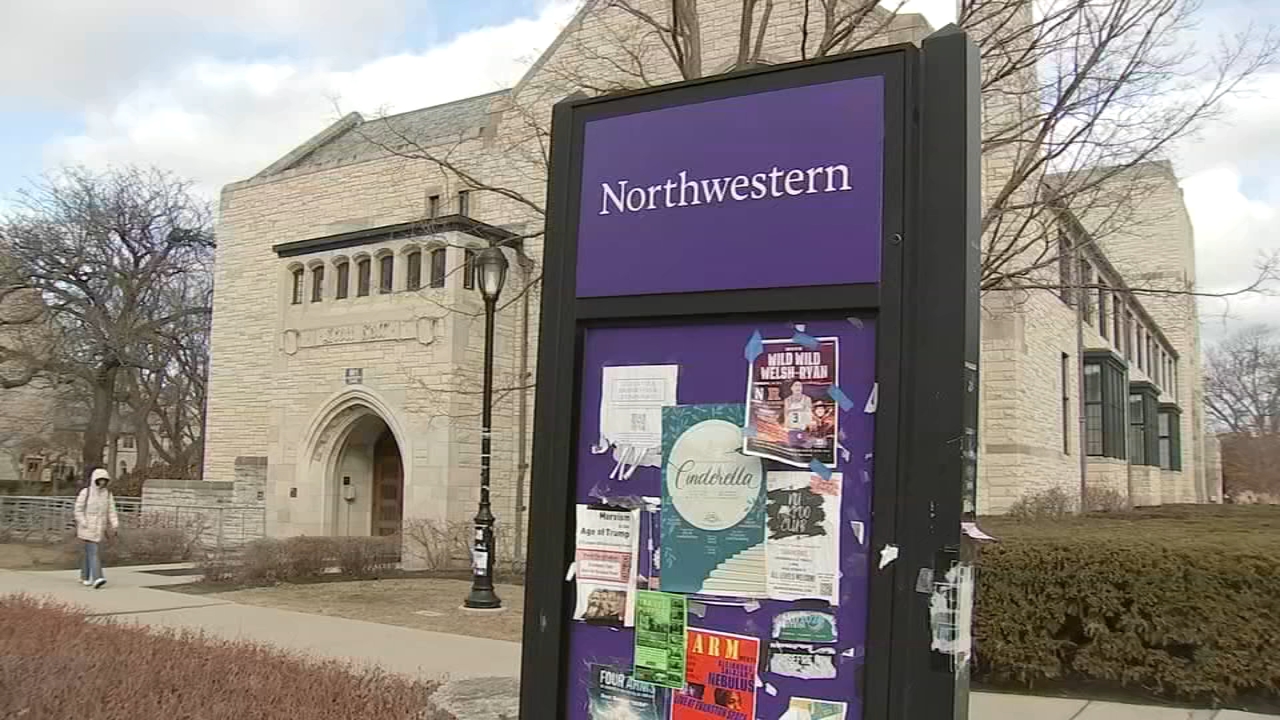Schools still have billions of federal COVID relief money to spend
WASHINGTON -- Congress authorized more than $190 billion to help America's schools reopen and stay open during the pandemic -- and while a lot of the funds were used to buy PPE, upgrade ventilation and boost summer school programs, there are still billions of dollars left to be spent.
Many local school boards haven't yet decided how to use the most recent round of funds released in March, CNN reported. In most states, districts are required to submit a spending plan between mid-August and mid-September and will be reimbursed after they use the money.
"I'm both sympathetic and frustrated with the rate of district spending at the moment," said Marguerite Roza, professor at Georgetown University's McCourt School of Public Policy and director of the Edunomics Lab research center.
The COVID relief money -- which came from three different pieces of legislation -- is a huge federal investment equal to roughly six times the amount of fiscal year 2021 base funding. Congress gave schools more than three years to spend the latest and biggest round of money, with few strings attached. It's unlikely to be spent all at once, especially if it's used for teachers' salaries or capital improvements that are paid for over time.
RELATED: COVID cases in kids: Pediatric hospitalizations spiked during late summer, CDC data shows
The money was meant to help schools provide safe, in-person instruction for all students and while a majority of schools have reopened, many are facing new challenges to keeping kids in classrooms this fall as the Delta variant spreads and families await vaccine approval for children under 12.
Schools in Texas have already surpassed the highest COVID case weekly total from last year. A shortage of bus drivers in Chicago, partly due to resignations over a vaccine mandate, have left families scrambling to find transportation. Parents are frustrated and in some places have thrust school boards into the heated debate over masks and vaccines, fueling interest in local elections.
Here's what we know about what schools are getting and how they're spending it.
How much money are schools receiving?
Not every school will get the same amount of money. The law directs states to disburse the money like it does Title I funding, which means more money goes to districts with more low-income families. Some districts, those with very low poverty rates, won't receive any direct COVID relief funding -- but may be eligible for some funds that are left up to the state's discretion.
When the pandemic first hit, the CARES Act authorized about $13 billion for K-12 schools, or about $270 per pupil. The bill that passed in December delivered about $54 billion, or $1,100 per pupil, and the most recent and biggest package, the American Rescue Plan, allowed for $128 billion in spending, that amounts to $2,600 per pupil, according to an analysis by FutureEd, another non-partisan think tank at Georgetown University.
Schools spent a big portion of the money from the first relief bill, passed a year ago, on PPE, cleaning supplies, technology and learning management systems that helped students learn from home, and salaries and wages -- according to a survey from the Association of School Business Officials conducted in February.
How are schools allowed to spend the money?
About 20% of the money a district receives must be used to address learning loss -- which can include tutoring programs, summer school or extended school days going forward.
But there are few other restrictions on the funding, so it's largely up to the local school boards to decide how to spend it on a broad range of pandemic-related needs.
The law notes that it can be spent on things like sanitation supplies, technology, mental health services and ventilation systems, to name a few. But it's not certain all the plans will be fully executed -- especially when it includes hiring more teachers and counselors who may be hard to find.
Districts are required to seek public input on how to spend the money, though outreach efforts vary. Many school boards have discussed the spending at public meetings throughout the summer. On agendas, the topic is often referred to as the Elementary and Secondary School Emergency Relief funds, or ESSER.
States are allowed to keep 10% of the COVID education aid and decide how to disburse the money. They were required to submit an application to the Department of Education earlier this year and will receive the last third of the money once its approved. The department has approved 33 to date.
Spending plans: tutoring, mental health counselors, renovations
The decentralized nature of the US school system makes it difficult to track how exactly districts are spending the money. A recent survey from the School Superintendents Association found that a majority of districts are planning to use the funds for support staff, technology to access the internet, and professional development for educators. Other top priorities include high-intensity tutoring, adding learning time by compensating staff to work longer and renovating facilities.
RELATED: How masks impact the spread of the COVID-19 Delta variant in a classroom
The Detroit public school district, for example, plans to use COVID relief funds to give teachers a one-time bonus, provide tutoring, expand mental health services, make facility improvements and reduce class size by hiring more teachers.
But not every proposed use can be justified. The Illinois State Board of Education recently rejected a district's plan to use COVID relief dollars towards an artificial surface on its football field.
(The-CNN-Wire & 2021 Cable News Network, Inc., a Time Warner Company. All rights reserved.)
The video featured is from a previous report.










